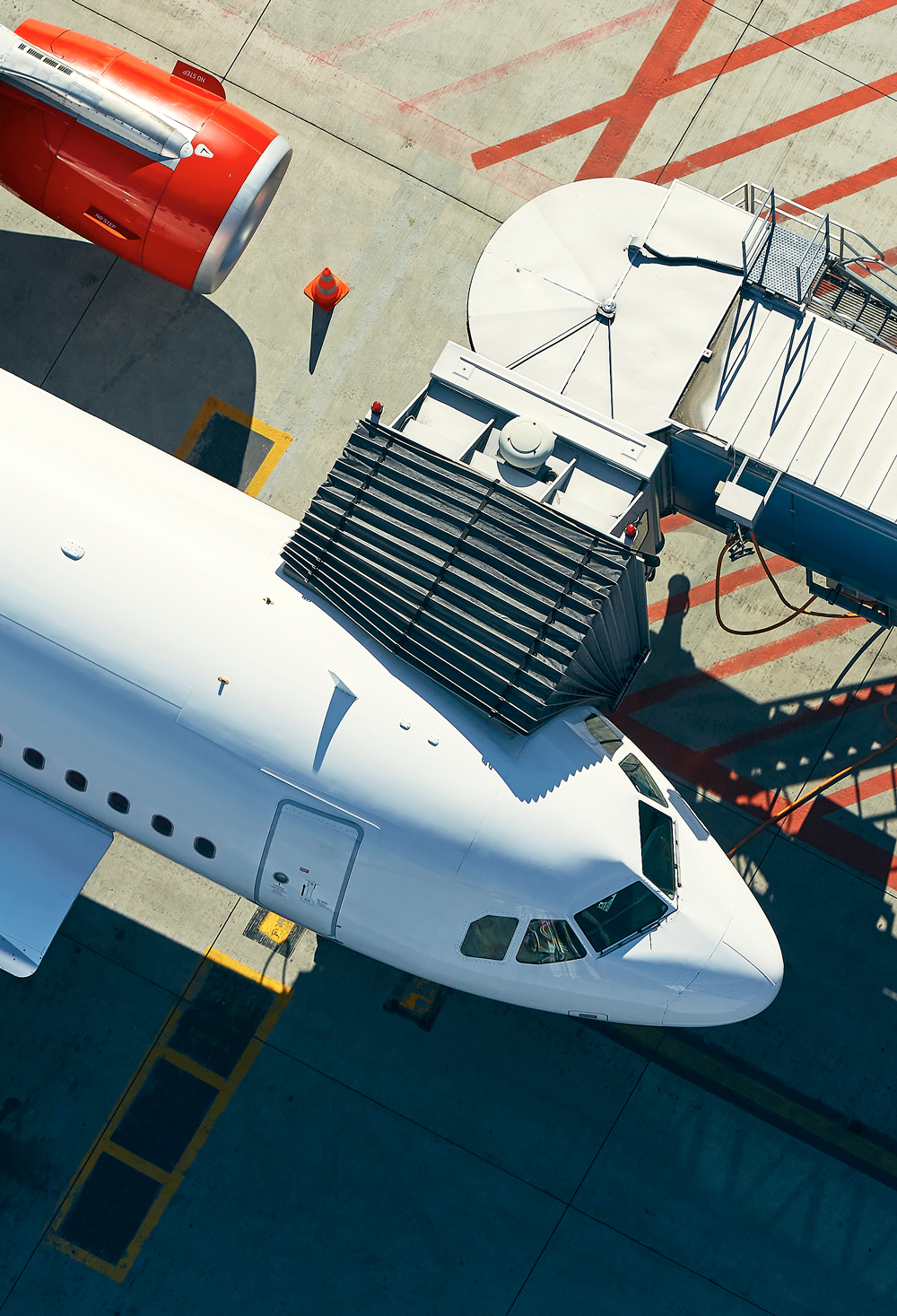From the crew’s secret language to the plane’s many hidden features, the world of aviation is riddled with mysteries. This is especially true when it comes to the cockpit, which is largely off-limits unless you’re a member of the cabin crew. As airline passengers, it’s natural to wonder what happens behind those closed cockpit doors and what rules must be followed to ensure a safe journey through the skies. Wonder no longer: We’ve pulled back the curtain to reveal six secrets and rules of the cockpit.
Pilot and Co-Pilots Avoid Eating the Same Meal
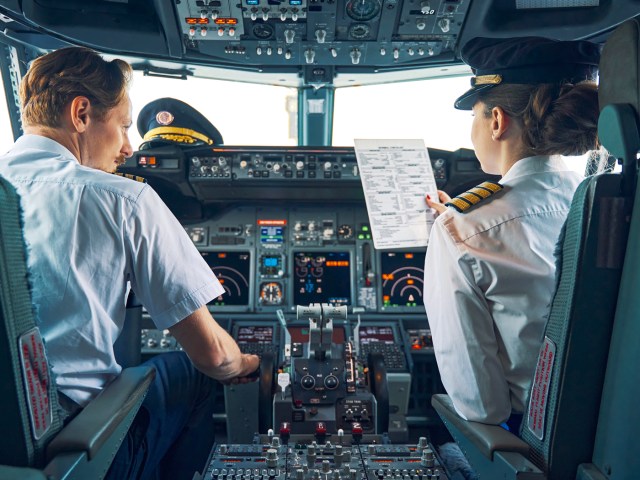
Many airlines have strict regulations that forbid pilots from sharing the same in-flight meal. The logic behind this rule is that if one pilot becomes ill from eating food, then the other can safely land the plane without issue. While food poisoning on planes is rare, it does happen from time to time. In 1975, 197 people fell ill on a Japan Airlines flight from Alaska to Denmark. And on a 1982 flight from Boston to Lisbon, the pilot, co-pilot, engineer, and 10 additional crew members reportedly became sick from some spoiled pudding. While there’s no FAA regulation in the United States against pilots eating the same meals, a number of individual airlines around the world have implemented rules that prohibit it.
Most Pilots Can’t Have Facial Hair
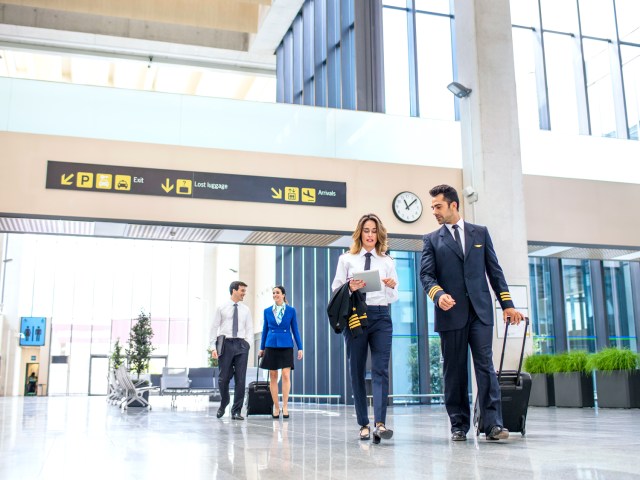
Commercial airline pilots are almost exclusively forbidden from having facial hair, with the vast majority of airlines mandating their pilots be clean shaven at all times. The rule stems from a 1987 FAA study, which found that facial hair prevents oxygen masks from fitting firmly around the face and functioning properly. A separate study concluded that there would be a 16% to 67% leakage for anyone with facial hair wearing an oxygen mask, whether they’re a member of the crew or even a passenger. However, in recent years there have been a few exceptions to this rule. For instance, in 2018 Air Canada changed its policy to allow pilots to have beards trimmed to a maximum length of 1.25 centimeters.
Leisurely Reading Is Prohibited
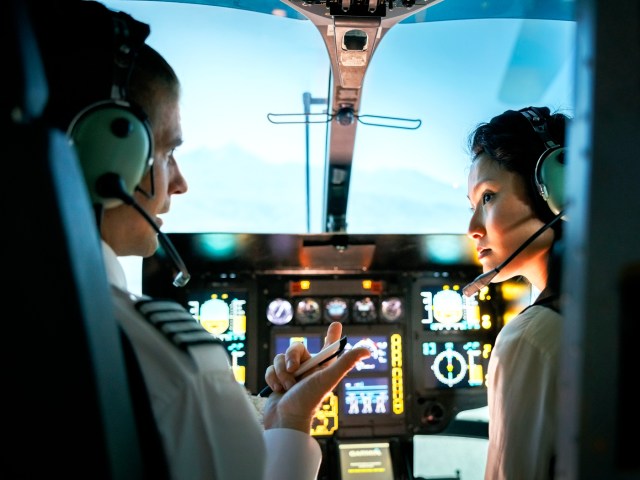
Federal regulations prohibit pilots from engaging in other activities during critical moments of the flight. It’s known as the “Sterile Cockpit Rule,” which encourages pilots to stay focused on their duties while taxiing, during takeoff and landing, and while flying the craft below 10,000 feet. Pilots can forget about reading a book or having casual conversation, because anything that could potentially distract from flying the aircraft is forbidden. However, reading a manual to help fly the plane is permitted, as is discussing matters pertaining to the trip ahead. But during these critical times, pilots must maintain their focus rather than risk getting distracted.
Pilots Have a Secret Sleeping Spot
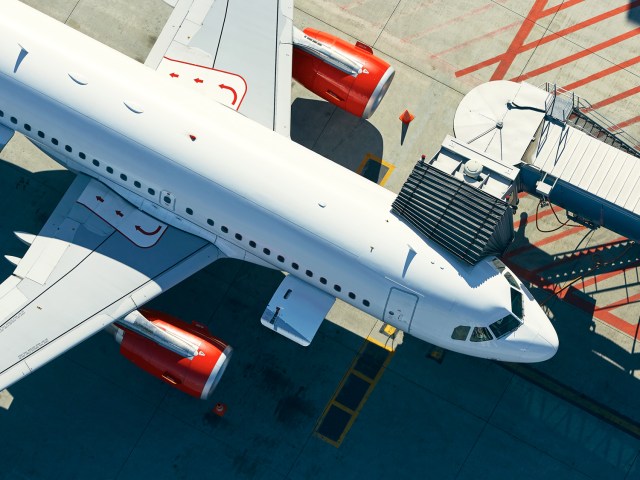
The cockpit isn’t the only area of the aircraft that’s off-limits to the passengers. There’s also a secret rest area for members of the cabin crew to freshen up during long-haul flights. These crew bunks are often found hidden behind what looks like a lavatory door, and are typically located above the main cabin in newer aircraft, or below the main cabin and down in the cargo hold on some older models. Each bunk measures around 78 inches by 30 inches in size, and there’s also a communal area for the crew to change in and out of their sleeping clothing. These quarters allow crew members to adhere to minimum crew rest schedules and recharge away from passengers before resuming their duties.
Autopilot Is Engaged Most of the Time
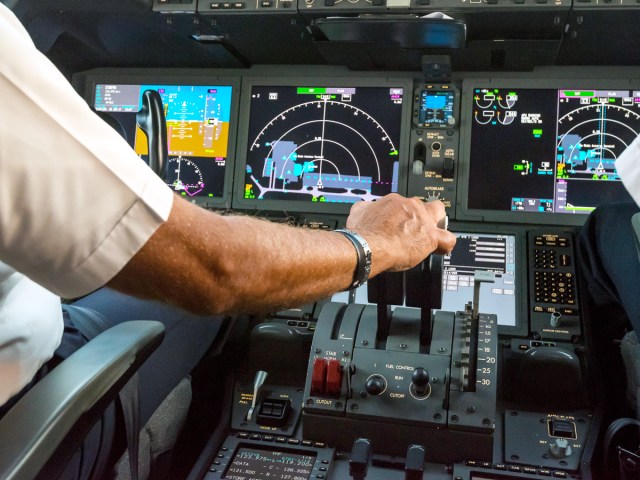
Autopilot isn’t just a feature that’s employed during special circumstances — the software is actually activated most of the flight. According to an “Ask the Captain” feature from USA Today, it’s estimated that autopilot is turned on around 90% of the time on most flights, though it all comes down to personal preference. Some pilots prefer to steer the craft by hand longer than others, while some activate autopilot to let the computer do the work as soon as regulations allow. Autopilot can even be used to help pilots during the landing process, and Brazilian aircraft manufacturer Embraer is currently testing a new procedure that will allow autopilot to be used for takeoff.
Planes Don’t Often Fly With a Full Fuel Tank
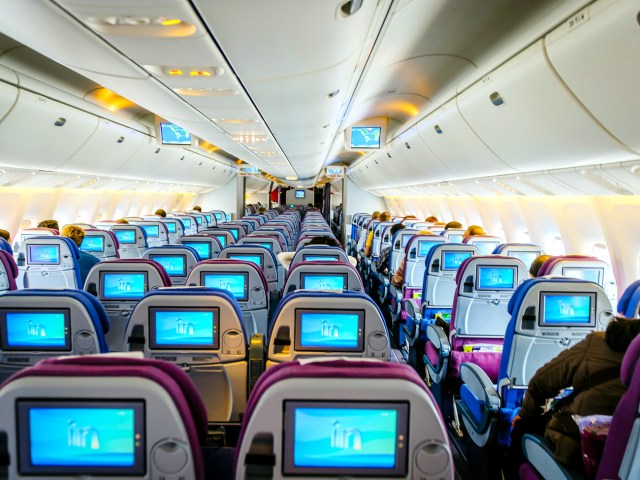
Airlines rarely fill the fuel tank of an aircraft all the way up in an effort to lessen the amount of total weight. However, this isn’t to say passengers ever need to worry about running out of fuel; commercial airlines are required to carry a minimum amount of fuel in order to ensure the plane reaches its destination with relative ease. But generally, the heavier a plane is, the more costly it is to operate. This is why the fuel tank is usually only partially filled before each trip.
More from our network
Daily Passport is part of Inbox Studio, which publishes content that uplifts, informs, and inspires.






